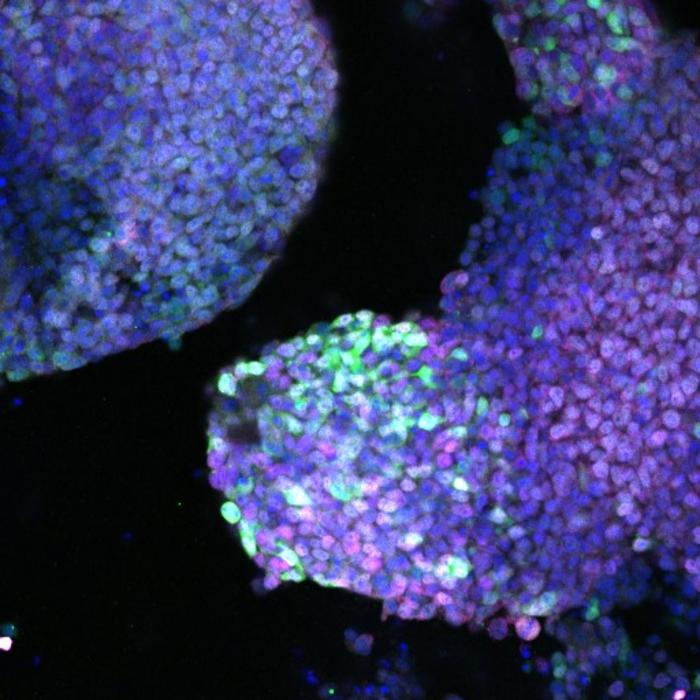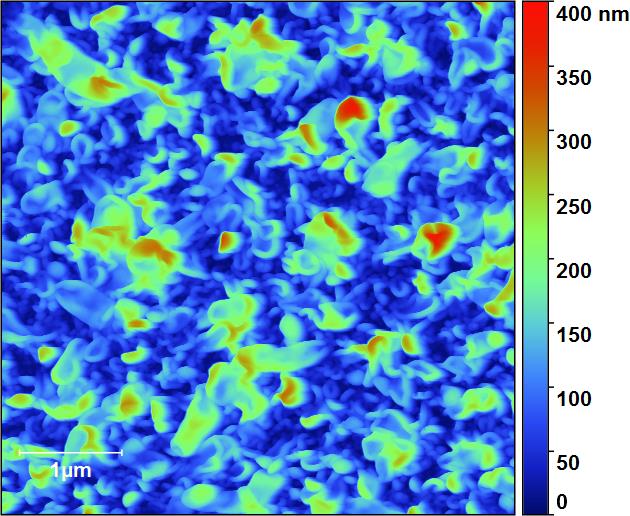
From a robot’s perspective, humans are normally a nuisance: when robots and humans have to work together, it often leads to problems.
Researchers on CogIMon, a new project starting at Bielefeld University, want to teach robots how to interact with humans and work together to accomplish tasks. CogIMon stands for “cognitive compliant interaction in motion.” This research group is working on humanoid as well as industrial robots. The project is coordinated by Professor Dr. Jochen Steil of CoR-Lab, the research institution on cognition and robotics at Bielefeld University. Together with six other international partners, the joint project will run from 2015–2018 and is funded with 7 million Euros from Horizon 2020, a framework programme for research and innovation of the European Union.
“The goal of CogIMon is to teach robots to understand the forces during the movement of objects and how to appropriately react to changes in weight or contact with the object while carrying it,” explains Jochen Steil. Humans have no problem estimating the weight of an object, as they can see how heavy something is in the body language of another person. This makes it easy for humans to correspondingly adjust the force exerted when lifting. Currently, however, robots lack this ability. “Robots can measure their own force and regulate it to a certain degree. They can stop their movements or ease off, but they have not yet been able to understand forces or actively control them to take part in a joint effort. We want to change that.”
“Understanding active forces is a big challenge because it entails complex, highly skilled interaction that combines abilities from a number of different areas. Perception, the ability to move objects, controlling flexibility and body motion are a few examples,” says Steil. At this time, there is little theory to help explain how robots can move objects together with humans. For this reason, project partners in Italy and the Great Britain are conducting basic research using interaction experiments with humans. Meanwhile, Steil’s group is developing new controlling and programming methods for the robots. A classic example for moving objects can be seen when a human and a robot or two robots carry a table together. In this action, it is important to adjust one’s forces: the one carrying leads the way, the other follows. When changing who leads and who follows, it is necessary that one is able to predict their partner’s motions and adjust their own movements accordingly.
To research human interaction with humanoid robots, researchers can draw on the humanoid robot prototype COMAN (COmpliant huMANoid platform). COMAN was developed at the Italian Institute of Technology in Genua. It is 95 cm tall and weighs 31 kg. For the CogIMon project, it must “grow” in size by about 25 percent so that it can also interact with human adults. In the future, COMAN is supposed to learn how to “read” human body language. This could allow the robot to be used, for instance, in physical rehabilitation, where it could help train motor skills and coordination by playing catch with patients. While throwing and catching the ball, the robot would have to be able to react directly to its human partners and even fake a shot. This group interaction should be so open, though, that both humans and robots would be able to leave and return to the group at any time without this causing confusion.
Read more: Carrying a Table Together with a Robot
The Latest on: Robot human interactions
[google_news title=”” keyword=”Robot human interactions” num_posts=”10″ blurb_length=”0″ show_thumb=”left”]
via Google News
The Latest on: Robot human interactions
- Astribot S1 AI Humanoid robot unveiled demonstrating its agility, dexterity and accuracyon April 27, 2024 at 12:55 am
This week the Astribot S1 humanoid robot was unveiled in Shenzhen, China, marking another significant leap forward in autonomous robotics ...
- University Of New South Wales- Introducing Robots to Baby Care: Exploring the Future of Parentingon April 26, 2024 at 11:15 pm
More and more children are growing up with robots at home, but their impact on early learning and development is still largely unknown and unregulated.Technology has a profound impact on children.From ...
- AI robot graduation speaker is not A-OK for some students at D'Youvilleon April 26, 2024 at 11:46 am
D'Youville has invited Sophia, a humanoid automaton produced by Hong Kong-based Hanson Robotics, to address its graduates at the May 11 ceremony at LECOM Harborcenter. And that is a problem for scores ...
- Europe taps deep learning to make industrial robots safer colleagueson April 26, 2024 at 1:07 am
European researchers have launched the RoboSAPIENS project to make adaptive industrial robots more efficient and safer to work with humans.
- Robot uses AI to mimic human facial expressionson April 25, 2024 at 11:10 am
A robot capable of mimicking human facial expressions has been developed by engineers at Columbia University in the US.
- AI robot will give commencement speech at Upstate NY collegeon April 25, 2024 at 7:00 am
An artificial intelligence robot will give the commencement address at an Upstate New York college next month.
- People, Not Design Features, Drive Social Interactions for Robots, Finds Cornell University Studyon April 24, 2024 at 11:19 pm
It takes a village to nurture social robots.Researchers who develop social robots – ones that people interact with – focus too much on design features and not enough on sociological factors, like ...
- This robot can predict a smile before it happenson April 24, 2024 at 11:17 am
STORY: This AI-integrated robotic face can predict a smile before it happens.It's called Emo and it can anticipate and mimic human facial expressions.Engineers at Columbia University’s Creative ...
- People, not design features, make a robot socialon April 22, 2024 at 8:24 am
It takes a village to nurture social robots. Researchers who develop social robots—ones that people interact with—focus too much on design features and not enough on sociological factors, like ...
- New Method Improves Human-Robot Interactionon April 17, 2024 at 6:01 am
Engineers at the Massachusetts Institute of Technology (MIT) have developed a safety check technique that can prove with 100 percent accuracy that a robot’s trajectory will remain collision-free.
via Bing News










